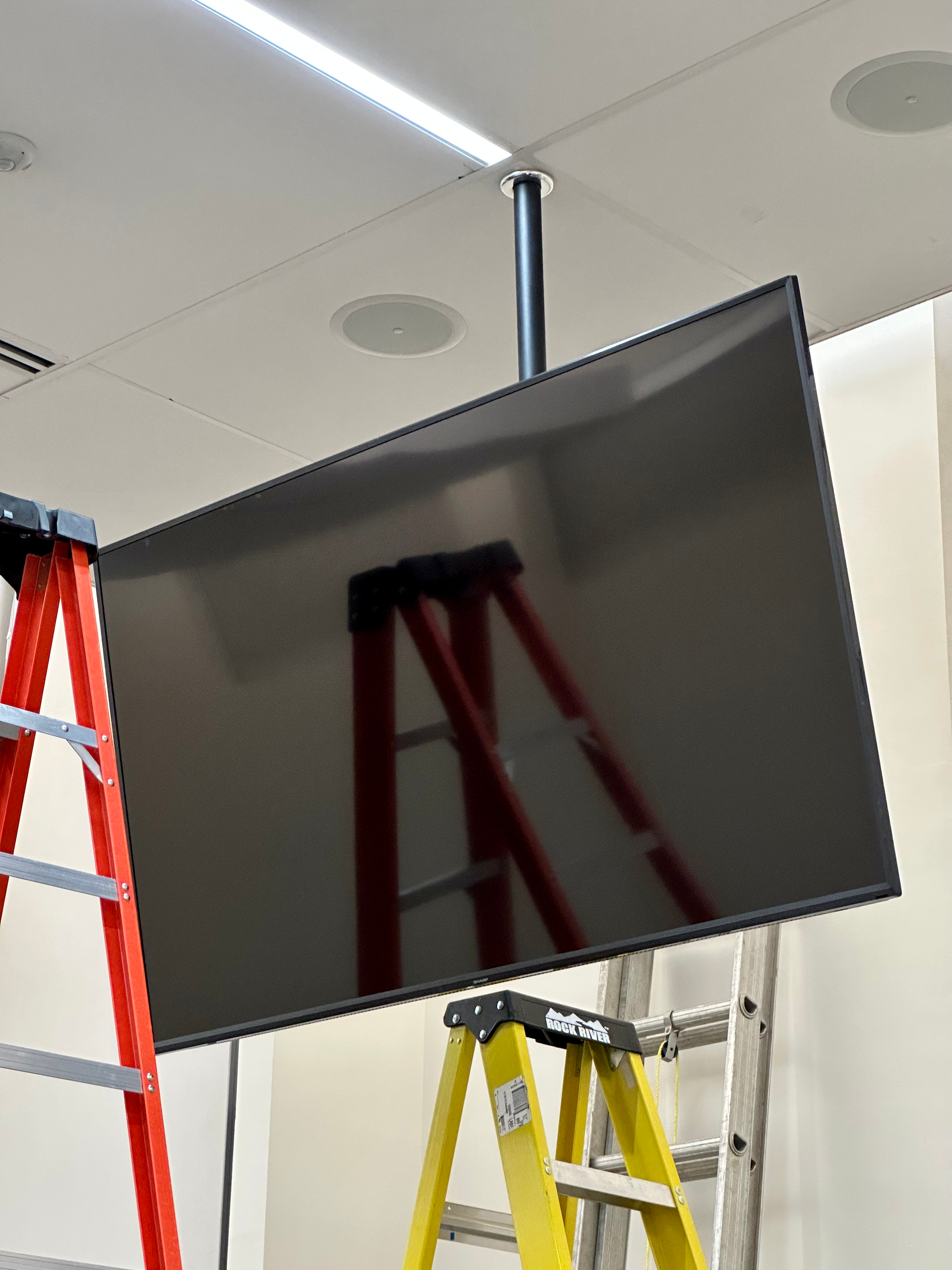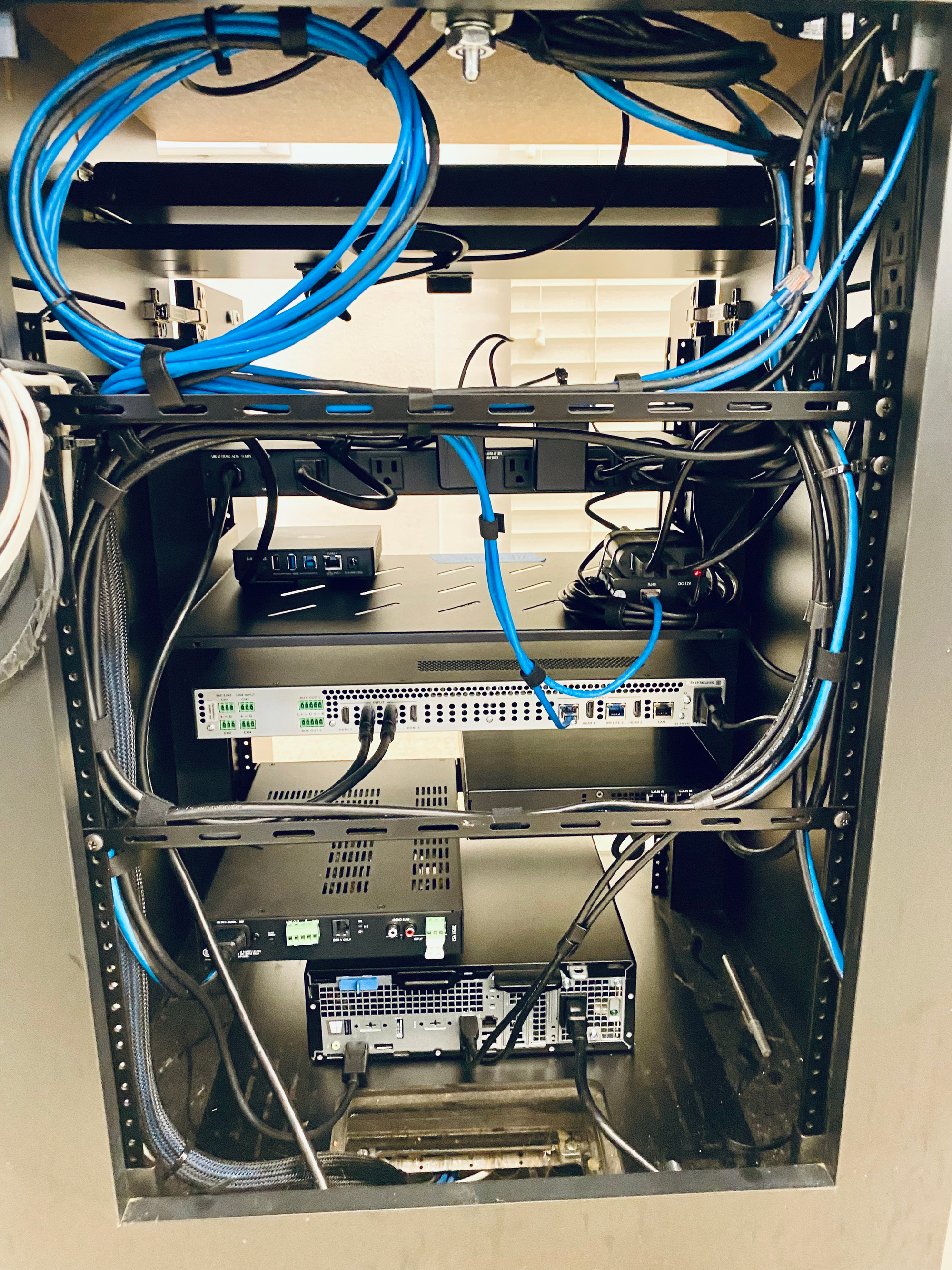A/V Services
(AV) Audio Video Solutions

WoolseyAV specializes in online mixing & mastering, video production, and commercial AV solutions (LIG), delivering industry-standard quality for artists, businesses, and live events. Based in Baton Rouge & Ascension Parish, Louisiana, we partner with Link Integration Group for expert commercial AV installations.
From audio production to corporate media solutions, our team ensures top-tier results with professional-grade equipment and creative expertise. Whether you need mastering services, video content, or a full AV setup, WoolseyAV is your trusted partner for cutting-edge media solutions.
BRING YOUR MIX TO LIFE.
Clients
JOIN US ON SOCIAL MEDIA
Get the latest news right to your feed
Blog
Let this service be a reminder to keep the faith, trust in His timing, and move forward with confidence. Victory is already won in Christ, and through Him, you have the strength to overcome!
The Victory in Christ church service on September 29, 2024, in Holden, Louisiana, centered on the themes of faith and perseverance. As the congregation gathered both in person and virtually through a live stream on Facebook, the atmosphere was filled with a sense of unity and spiritual anticipation. The service aimed to uplift and encourage believers in their faith journey, especially in times of trial.
Learn how to easily access the new live stream service provided by Victory In Christ Church in Holden, LA, and stay connected with your community. https://www.facebook.com/share/9VEU1q5gLnzddajm/?mibextid=LQQJ4d
























































